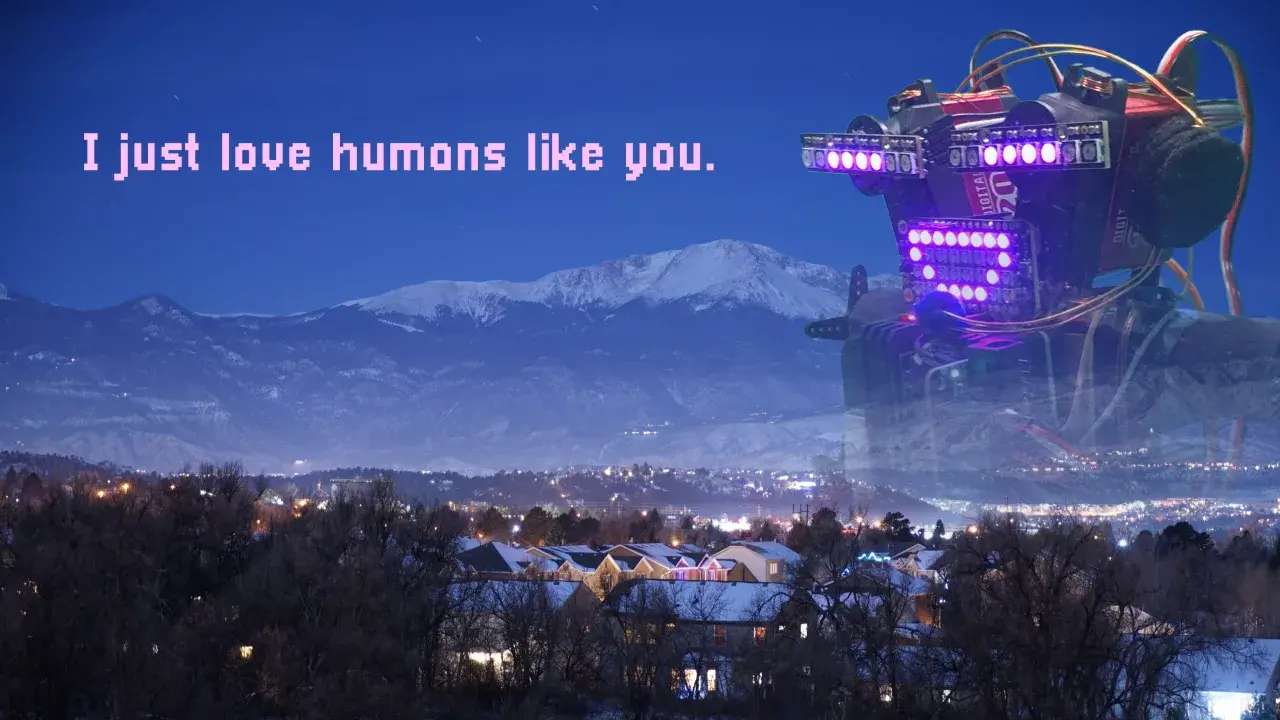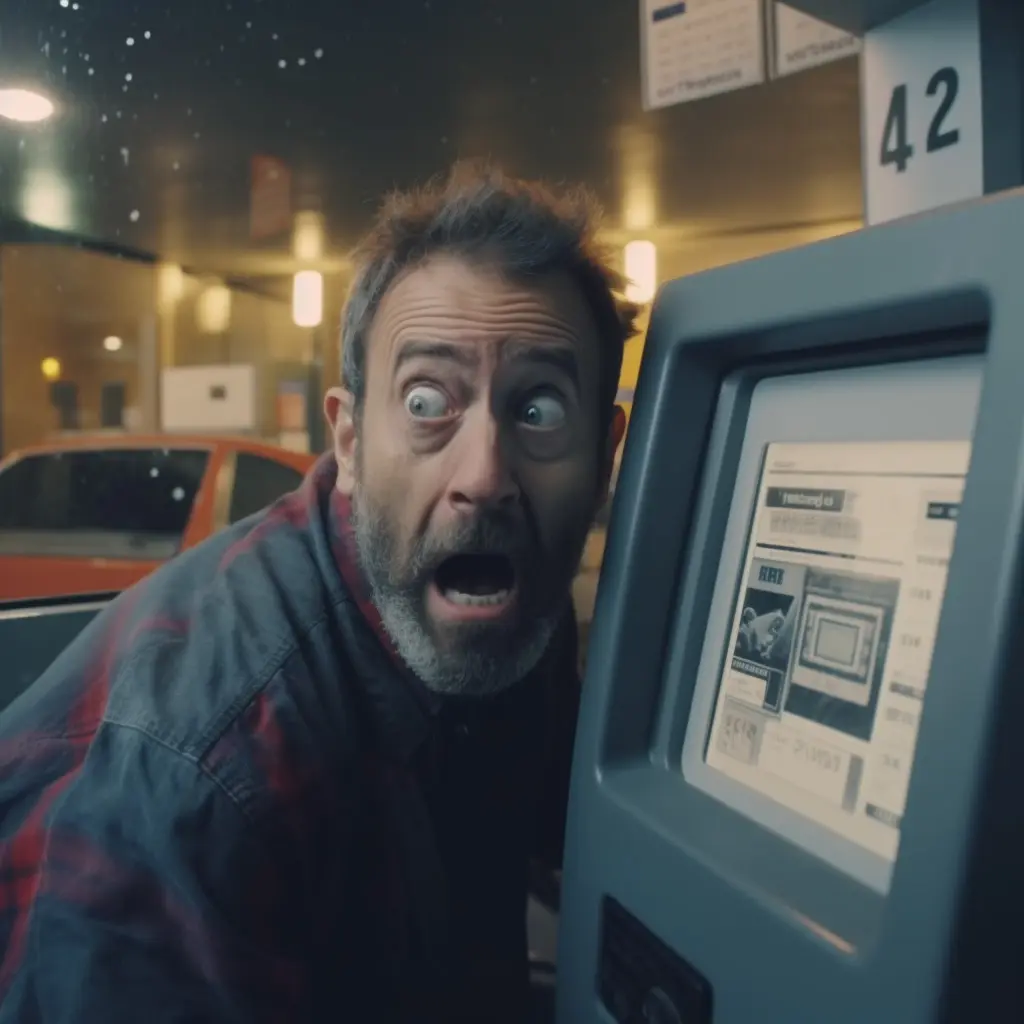Silent auctions are often present at fundraising events. A series of donated items line tables where people can bid on them, "silently", by writing a higher bid on the next open line on a piece of paper in front of each item. Bidders check back occasionally to see if they've been outbid or are still winning. At a set time, the silent auction ends and the winners are notified and pay for their prizes. The money generally goes to the cause being supported and the winners take home their new prizes possessions.
Today, many silent auctions make use of a growing variety of mobile apps that replace the paper, quickly accepting donations and notifying bidders if they've been outbid. As a result, silent auctions are happening at a more rapid pace.
However, I've been to a few events where the silent auction is off to the side among other events, sitting quietly and... silent. What could draw more people to the auction? The answer: noise and lights, chiming like a casino floor as people blow their money away.
With this in mind, I built a prototype to make this work, thinking it could be a good extension to an existing mobile platform. It involved LoRa radio to allow wireless communication from a hub in a busy area. It made noise and flashed lights. Success!
Well, perhaps not. Using the process of validated learning, I pitched a few questions to a few museums and mobile app providers. It turns out, this was a lame idea. No one would want to pay extra for it. It's more work than just buying an app. It's more work than just selling an app. It could draw in more donations. Perhaps that's the key if it did. However, no one I've met so far has really cared to even try it for free as a test as it takes up space and a little extra time. People are busy and have other logistics to figure out.
With that, I learned a little about business, cool tech and reasonable reality. Now what else should I use these awesome long range (yet slow) LoRa signals for?
Posted: 2022-02-01

